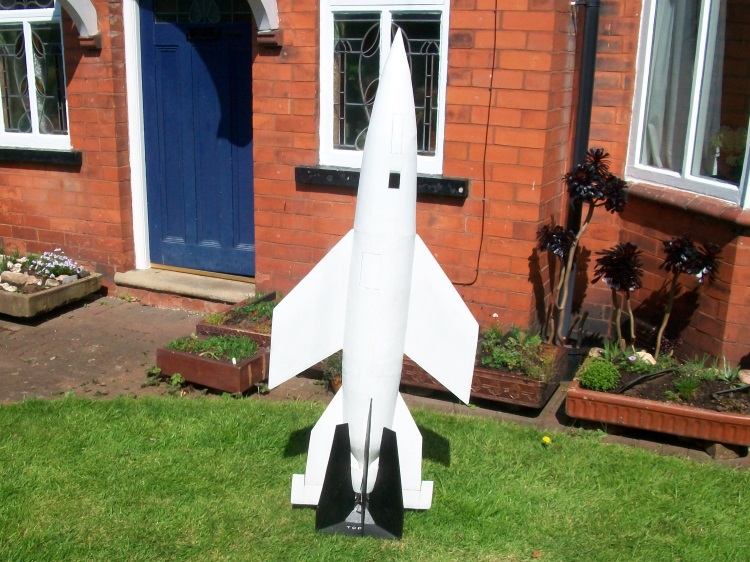BayDesigns
Active member
I'm well aware that there are plenty of threads and resources online for figuring out which motor and prop will suit your needs, but I'm really struggling here- because I'm designing a twin-motor micro/mini VTOL. For starters, the aircraft will hopefully have a 20-25 inch wingspan and be built as minimal and light as possible, with a small shell to hold the battery, FC, VTX, and camera (whether that's coroplast, 3D printed, or just cut out of foam is TBD), hotwired foam wings, and a carbon spar supporting the tail feathers. I'm shooting for a sub-350 build here but that's not a hard limit. Does anyone have any experience (or at least general advice) on selecting motors and props for this type of aircraft?

